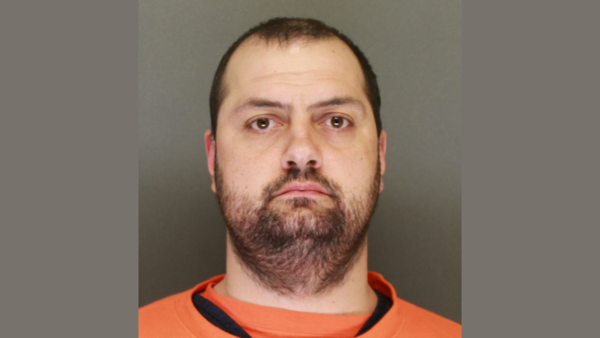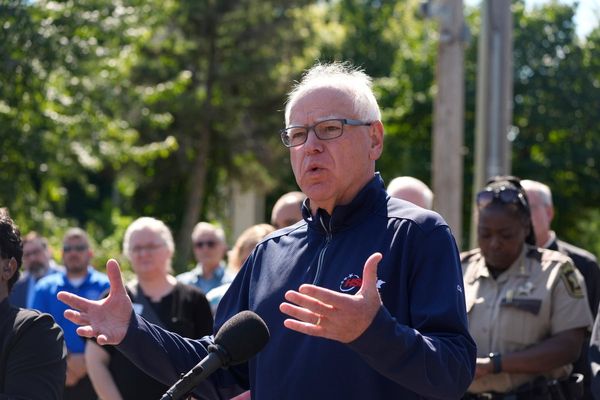It’s been 70 years since the moment that sparked the Cuban revolution. On July 26 1953, an attack on army barracks in eastern Cuba heralded the consolidation of a Cuban national resistance movement against the dictatorship of General Batista. A group of 111 young rebels attacked the army barracks, the Cuartel Moncada and Cuba’s second most important military fortress. The latter contained 1,000 soldiers from Batista’s army.
The attack was intended as a diversionary tactic. The hope was that soldiers based at the army headquarters in Havana would be redirected to the east of Cuba, leaving the capital open to occupation by the rebels. The attack was unsuccessful. Many of the young rebels were tortured, killed or imprisoned.
Despite this, the 26 of July Movement (as it came to be known) became a central part of the campaign that emerged triumphant in early January 1959.
Here are seven things I recommend reading and watching to better understand and mark the anniversary.
1. Fidel Castro’s defence speech
The imprisonment of key actors in the attack – most notably a 27-year-old Fidel Castro – quickly created a mythology and symbolism around the events, as well as a narrative promising a better future.
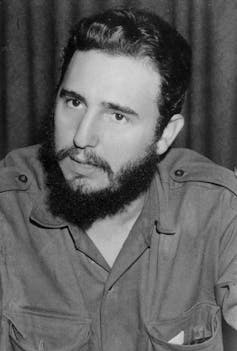
When Castro stood trial in October 1953, his self defence not only detailed the atrocities committed against the rebels of the 26 of July Movement, but also laid out the blueprint for a new Cuba based on social justice. He cited the 19th century writer and independence leader José Martí as the inspiration and intellectual guide.
In particular, he laid out six areas of social injustice that required radical change via revolution: housing, health, education, land, industrialisation and unemployment. The speech ended with the words “Condemn me. It does not matter. History will absolve me.”
Castro was sentenced to 15 years’ imprisonment, but served only two and left for Mexico. Three years later, he returned to the east of Cuba by yacht with a group of 82 rebels (including Ernesto “Che” Guevara and others). There he began the popular insurrection from the mountains of the Sierra Maestra.
The text of Castro’s speech was smuggled out in note form by a young Cuban journalist, Marta Rojas, and published after 1959. It gave voice, credibility and momentum to the frustrations of many Cubans about the inequalities and social divisions that characterised their nation.
Owing to the silencing of critique by the dictatorship, it was predominantly Cubans living in exile abroad that were first able to capture this zeitgeist in their artistic work.
2. El Mégano (1955)
Released in 1955, the short documentary El Mégano highlighted the extreme poverty that afflicted rural Cuba. It was made by young Cuban filmmakers Julio García Espinosa, Jose Massip and Tomás Gutiérrez Alea, who were trained in the Italian neo-realist tradition.
The documentary reflected (through experimental techniques no doubt partly intended to evade censorship) the miserable working and living conditions of the charcoal burning sector in the southern coast of Cuba.
3. The novels of Alejo Carpentier
The Cuban writer and musicologist Alejo Carpentier, writing from exile in Caracas, published startlingly original novels with experimental forms. They contained a radical message about colonialism and its impact in Latin America and the Caribbean.
He saw the “marvellous real” (a precursor to the magical realism genre) as a cultural heritage that characterised Cuba and would eventually allow it to fulfil its destiny of national sovereignty after four centuries of colonialism, delayed independence and 50 years of neo-colonial rule.
His novels, The Kingdom of this World (1949) and The Lost Steps (1953), offer fascinating explorations of the impact of colonialism and the wealth of cultures in the region.
4. The poetry of Nicolás Guillén
The Cuban poet Nicolás Guillén was equally prolific in exile, but with a distinctive focus on race and racism.
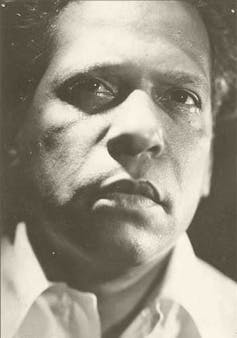
Having joined the Cuban Communist Party and travelled widely in China, Europe (including during the Spanish Civil War) and South America, he was refused entry to Cuba in 1953 and took exile in Chile until 1959.
Much of his work deals with the impact of colonialism, although it is explicitly political and often conversational in style. Collections such as West Indies Ltd (1934) offer an insight into the racialisation of power in pre-1959 Cuba.
5. The poetry of Roberto Fernández Retamar
Many of the intellectuals and artists mentioned above left exile to return to Cuba soon after 1959. While much cultural production embraced the opportunity to describe history in the making, the continued focus on the socio-economic injustices of the 1950s remained centre stage for at least a decade.
Roberto Fernández Retamar is best known for his seminal essay, Caliban: Notes towards a Discussion of Culture in Our America (1968), that reworked the Shakespearean figure of Caliban as a metaphor for anti-colonialism. But he also wrote poetry that underlined the humanist underpinnings of the rebel and revolutionary movements, such as Blessed Are the Normal (1962).
6. The Situation by Lisandro Otero (1963)
Lisandro Otero’s novel, The Situation, examined the bourgeoisie in 1950s Cuba.
With its publication, Otero – a middle-class Cuban when the revolutionary government came to power in 1959 – marked his changing position to a writer in service of the Revolution.
7. Bertillón 166 by José Soler Puig (1960)
New writers from the lower classes were also contributing to the movement, both in terms of depicting extreme inequality but also growing popular resistance. José Soler Puig’s novel, Bertillón 166, narrated the events of the second half of the 1950s in Santiago de Cuba, including the growth of the 26 of July Movement.
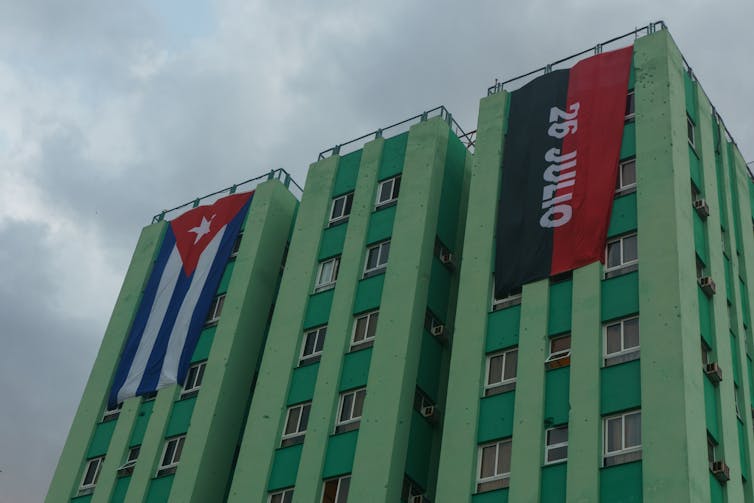
The events of July 26, 1953 marked just one of many stages in a complex and often violent exit from colonialism that lasted for half a century. For many Cubans, the date is as significant and ripe for commemoration as the return of the exiled rebels in 1956 to begin the insurrection in the mountains or, indeed, January 1, 1959, el triunfo de la revolución – the triumph of the revolution.

Looking for something good? Cut through the noise with a carefully curated selection of the latest releases, live events and exhibitions, straight to your inbox every fortnight, on Fridays. Launches August 4. Sign up here.
Parvathi Kumaraswami received funding from The Leverhume Trust in 2004-9 and 2014-19.
This article was originally published on The Conversation. Read the original article.



